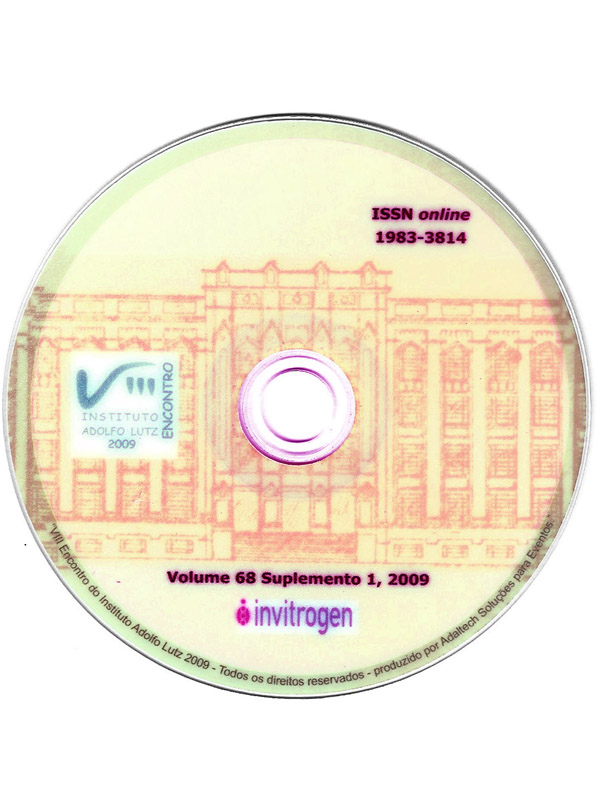Resumen
Somatic coliphages have been known as one of the best indicators for evaluating fecal pollution in the microbiological quality of the marine ecosystem. However, in spite of their abundance, very little is known about their diversity. Here we report the discovery of a novel type of coliphage detected by electron microscopy (negative stain). This phage was isolated from seawater sample of Santos Bay, one of the most polluted areas of Brazilian coast. This discovery is part of a project that studies the frequency and diversity of somatic coliphages in marine ecosystem with different levels of anthropic pollution. This phage was classified as belonging to the Family Siphoviridae, with an icosahedric nucleocapsid of approximately 65 nm and a flexible tail measuring about 995 nm. It was not possible to determine the presence of the short terminal and subterminal fibers presented by this family. This new phage was classified in this family due to its size, form and the characteristic flexible tail, although the maximum tail length described in the literature is 600 nm. The several bacteriophage morphologic types allow the classification in families as Myoviridae, Siphoviridae, Podoviridae, Microviridae, Inoviridae and Leviviridae. In this aspect electron microscopy gives invaluable collaboration for the classification of new bacteriophages that otherwise could not be detected by other methods. Attempts to molecular biology complementary characterization suggest that this coliphage is different from the others but further studies are required.

Esta obra está bajo una licencia internacional Creative Commons Atribución 4.0.
Derechos de autor 2009 Revista del Instituto Adolfo Lutz
